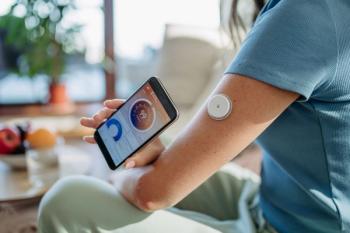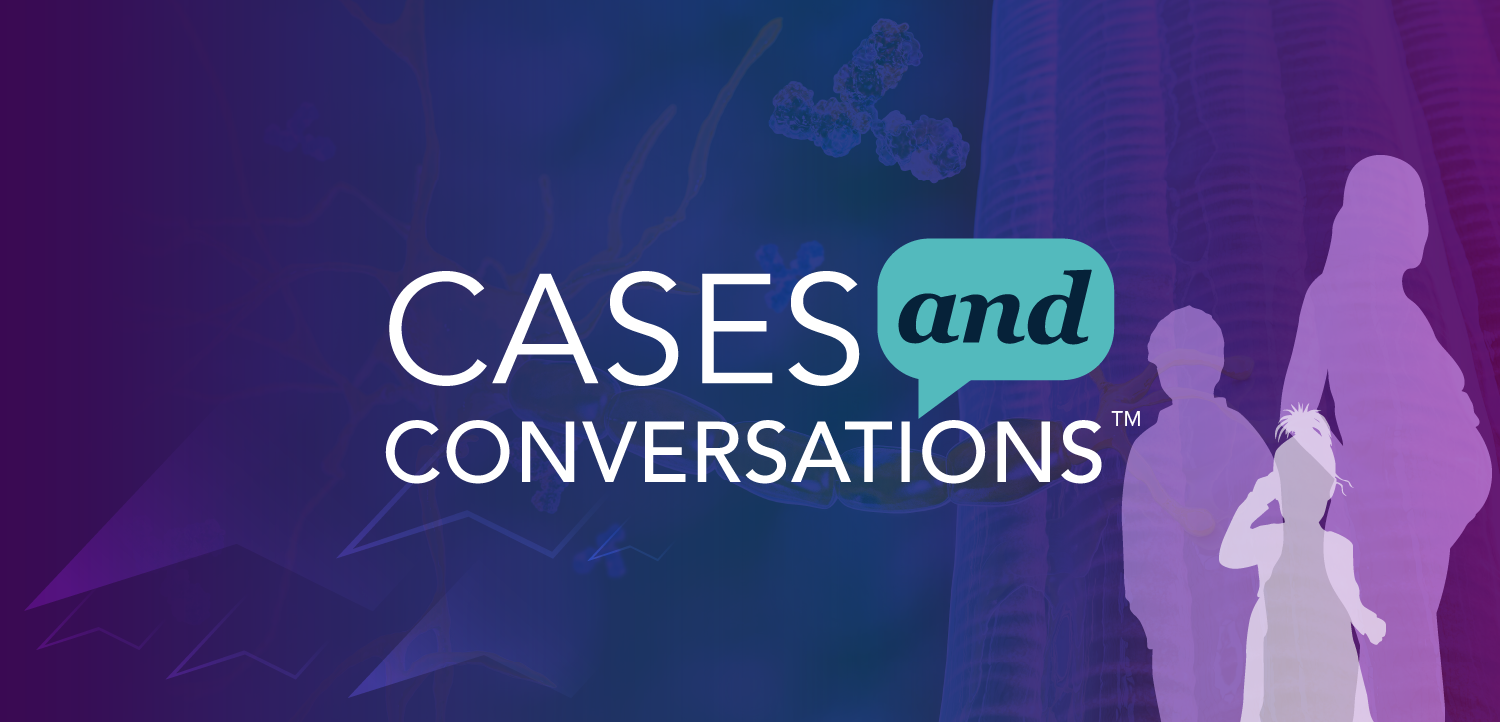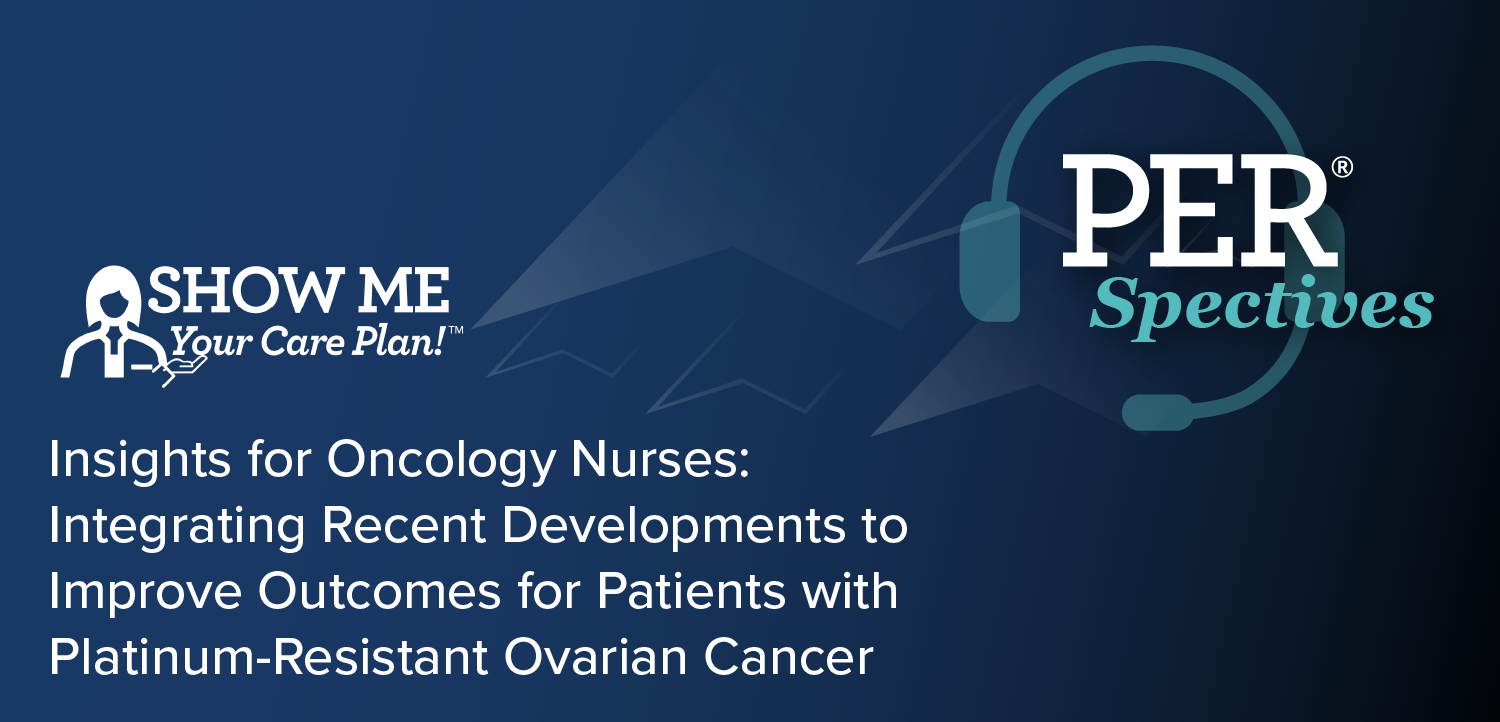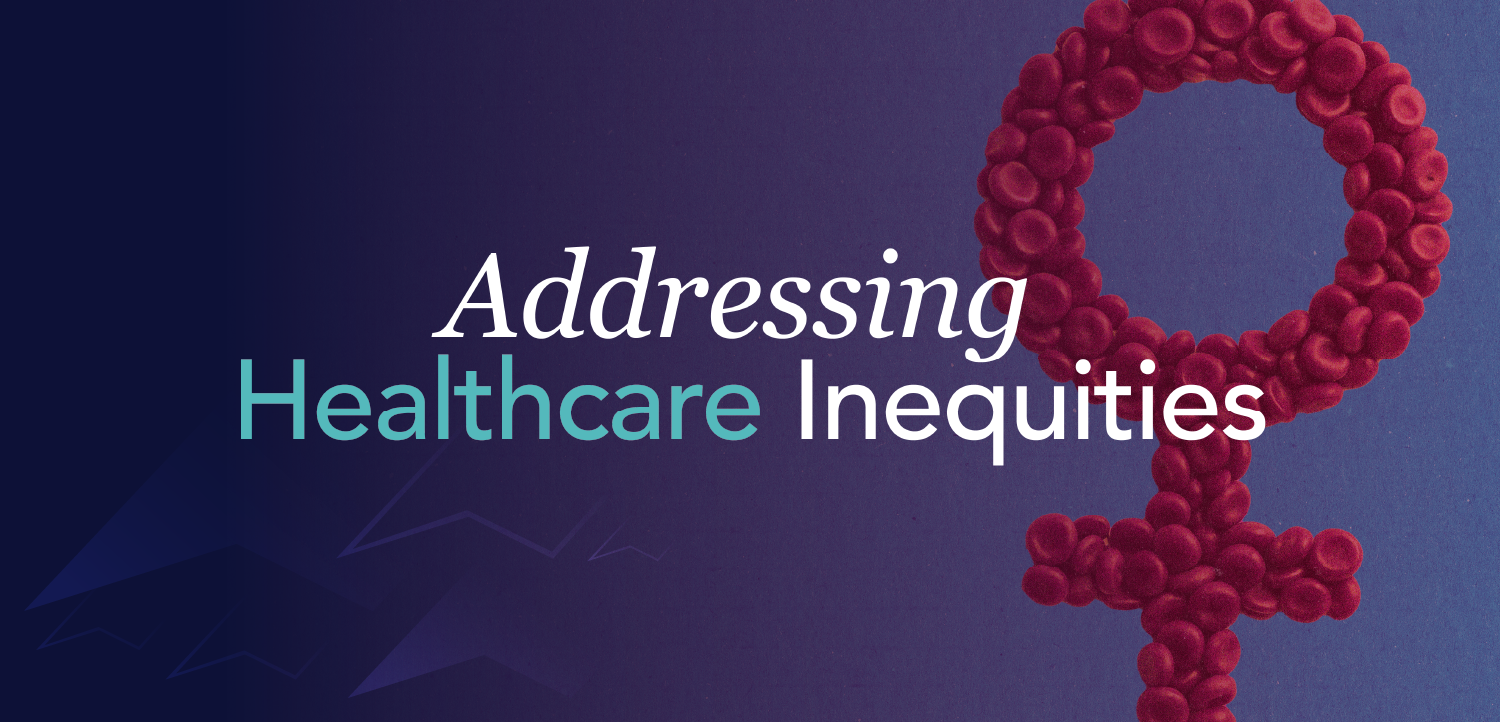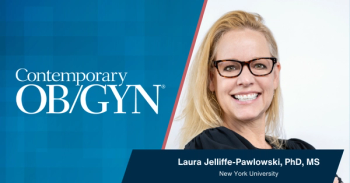
Researchers Examine How Patients Use Email to Communicate with Their Ob/Gyns
There is no denying that we live in a fast-paced, communications-driven world. Email is increasingly being used for business and personal communications, but how has this impacted communications between patients and their doctors?
There is no denying that we live in a fast-paced, communications-driven world. Email is increasingly being used for business and personal communications, but how has this impacted communications between patients and their doctors?
Dr Debra Gussman and colleagues in the department of obstetrics and gynecology at Jersey Shore University Medical Center, Neptune, New Jersey, evaluated unsolicited emails sent from patients to their general obstetrician-gynecologist to better understand why patients email their physicians.
The researchers looked at consecutive emails (n = 59) and sorted them into 5 distinct content categories: outpatient gynecology, postoperative gynecology, antepartum obstetrics, postpartum obstetrics, insurance/billing, and other/miscellaneous queries. Almost two-thirds (61%) of the emails dealt with outpatient gynecology questions (Figure). Another quarter (24%) of the emails had questions concerning obstetrics; these questions were mostly antepartum obstetric questions. The remaining questions fell mostly in the other/miscellaneous area and included such items as social invitations and holiday greetings.
Figure. Content covered in emails.
Gussman and colleagues also looked at the timing of the emails and found some interesting results. More than half (66%) of the emails were sent to the physicians during office hours (Monday through Friday from 7 am to 5 pm). Furthermore, only 7% of the emails were sent over the weekend. The researchers found that the largest number of emails was sent on Friday.
The obstetrician-gynecologist sent an encrypted email reply to all the patients, but some patients required further communications. Gussman and colleagues noted that a follow-up via telephone was required in 14% of the emails/cases. Approximately one-third (29%) of all the emails resulted in an office visit; these cases were fairly evenly split among antepartum obstetrics, outpatient gynecology, postoperative gynecology, and other/miscellaneous concerns. Of the cases that resulted in an office visit, the majority (16 of 17) were for outpatient gynecology concerns; the other office visit resulted from an email discussing antepartum obstetrics.
It’s clear that patients are using email to communicate with their physicians; however, the authors concluded that the majority of the emails did not require a response beyond an email reply.
More Information
Reference
Gussman D, Tschirhart MJ, Blechman A. How do patient’s use email to communicate with their doctor? ACOG Annual Meeting. Poster 28. May 1, 2011.
Newsletter
Get the latest clinical updates, case studies, and expert commentary in obstetric and gynecologic care. Sign up now to stay informed.




